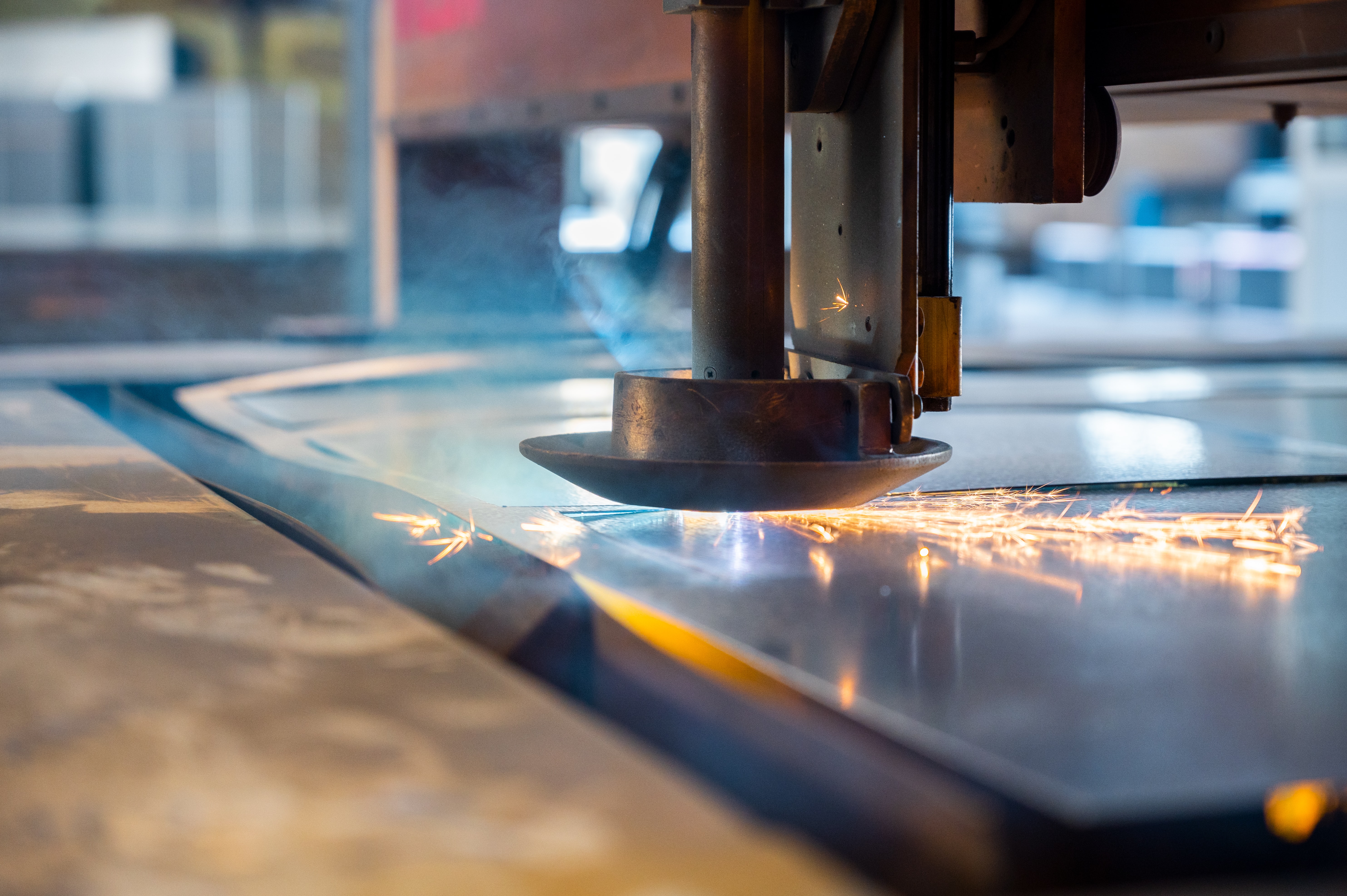Industry 4.0 and Sheet Metal Processing: Embracing Automation and Connectivity+ View more
Industry 4.0 and Sheet Metal Processing: Embracing Automation and Connectivity
+ View more
Date:2023-11-21 11:33
Introduction
The rise of Industry 4.0 has brought about a significant transformation in the manufacturing sector, including sheet metal processing. This article explores the integration of automation and connectivity in sheet metal processing, highlighting the benefits and opportunities it presents for the industry. By embracing Industry 4.0 technologies, manufacturers can enhance productivity, improve quality, optimize processes, and achieve greater flexibility in sheet metal processing.

1. Introduction to Industry 4.0 in Sheet Metal Processing
Industry 4.0 refers to the fourth industrial revolution characterized by the integration of digital technologies into manufacturing processes. In sheet metal processing, this involves the application of automation, data exchange, artificial intelligence, and Internet of Things (IoT) concepts to create a smart factory environment. The convergence of physical production systems with digital technologies drives efficiency, agility, and innovation in the industry.
2. Automation in Sheet Metal Processing
Automation plays a pivotal role in enhancing productivity and efficiency in sheet metal processing. Automated machines, such as robotic arms and CNC (Computer Numerical Control) machines, enable high-speed and precise cutting, bending, and welding operations. These automated systems reduce manual labor, minimize errors, increase throughput, and improve overall process control. Manufacturers can also implement automated material handling systems for seamless material flow and reduced setup times.
3. Connectivity and Data-driven Decision Making
Connectivity is another crucial aspect of Industry 4.0 in sheet metal processing. Through the use of IoT devices and sensors, machines and equipment can be interconnected, enabling real-time monitoring and data collection. This connectivity facilitates data-driven decision making, predictive maintenance, and remote monitoring of production processes. By analyzing production data, manufacturers can identify bottlenecks, optimize scheduling, and drive continuous improvement in sheet metal processing.
4. Quality Assurance and Traceability
Industry 4.0 technologies offer enhanced quality assurance and traceability in sheet metal processing. Through the integration of sensors and cameras, manufacturers can monitor and inspect production processes to identify defects or deviations from specifications. This real-time quality control ensures the delivery of high-quality products to customers. Additionally, the use of digital tools enables the tracking and tracing of materials, providing transparency throughout the supply chain.
5. Flexibility and Customization
With the implementation of Industry 4.0 technologies, manufacturers gain greater flexibility and customization capabilities in sheet metal processing. By utilizing digital design software and simulation tools, companies can create virtual prototypes and optimize product designs before production. This streamlines the development process and allows for more efficient customization to meet specific customer requirements. Furthermore, agile production systems enabled by automation and connectivity enable quick reconfiguration for small-batch production or rapid product changes.
6. Human-Machine Collaboration
Industry 4.0 emphasizes the collaboration between humans and machines in sheet metal processing. Rather than replacing human workers, automation technologies augment their capabilities. Employees can focus on higher-level tasks, such as programming machines, analyzing data, and making strategic decisions. Human-machine collaboration improves efficiency, safety, and overall job satisfaction, fostering a harmonious working environment in the sheet metal processing industry.
7. Challenges and Implementation Considerations
While the benefits of Industry 4.0 in sheet metal processing are significant, there are challenges to overcome during implementation. These challenges include initial investment costs, the need for workforce upskilling, and ensuring cybersecurity measures to protect sensitive data. Manufacturers must carefully plan and strategize their transition to Industry 4.0, considering factors such as scalability, interoperability, and the integration of legacy systems.
Conclusion
Industry 4.0 is revolutionizing sheet metal processing through automation and connectivity. By embracing these technologies, manufacturers can enhance productivity, improve quality assurance, achieve greater flexibility, and drive innovation. The integration of automation, data exchange, and IoT concepts brings efficiency, agility, and customization to sheet metal processing. Despite the challenges, the benefits of Industry 4.0 in the industry are undeniable. Manufacturers who embrace these transformative technologies will thrive in a rapidly evolving landscape, gaining a competitive edge in sheet metal processing.
Share to:
Recommend wonderful blog posts

